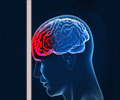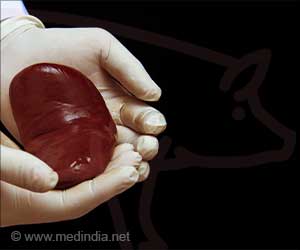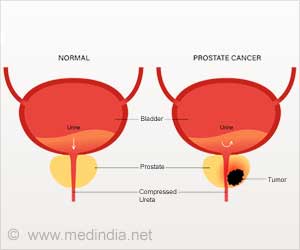The combined use of hyperbaric oxygen and normobaric hyperoxia therapies provides better outcomes in patients with severe traumatic brain injury.

In hyperbaric oxygen (HBO2) therapy, the patient is placed in a pressure chamber set at an atmospheric pressure higher than normal and given pure oxygen; in normobaric hyperoxia (NBH) therapy, patients receive pure oxygen at normal atmospheric pressure. Both treatments are designed to improve the amounts of oxygen delivered to organs and tissues throughout the body.
In their paper, Rockswold and colleagues cite previous findings that HBO2 therapy has beneficial effects in cases of severe TBI: at the end of treatment the brain is better able to use available oxygen. NBH treatment also has been shown to be beneficial in cases of severe TBI. The researchers hypothesized that combining these two treatments could prove synergistic and produce even better outcomes in patients with severe TBI.
Forty-two (42) patients with severe TBI (Glasgow Coma Scale score of 8 or less) were randomly assigned to one of two treatment groups within 24 hours after injury. One group of 22 patients (control group) received the "standard" intensive neurosurgical care prescribed for severe TBI. This consisted of endotracheal intubation and stabilization of the patients'' condition in the emergency department, surgery to remove significant hematomas, continuous monitoring of intracranial pressure (ICP), and treatment of ICP if it increased above normal levels (intracranial hypertension). In addition, all patients received phenytoin sodium to prevent potential seizures. The second group of 20 patients received HBO2 therapy followed by NBH treatment in addition to standard care. These patients received the combined HBO2/NBH treatment while in a pressure chamber. First, pure oxygen was delivered at 1.5 times normal atmospheric pressure (HBO2 therapy). This treatment lasted 60 minutes and was followed by three additional hours of pure oxygen delivery at normal atmospheric pressure (NPH therapy). The combined treatment took place every 24 hours over a three-day period.
The group of patients who received the combined HBO2/NBH treatment fared better overall than the group of patients who received standard care. In a comparison between the two groups, the researchers found that combined HBO2/NBH treatment:
- reduced the mortality rate and improved the rate of favorable outcomes (measured by applying the Glasgow Outcome Scale six months after treatment)
- improved markers of cerebral oxidative metabolism in areas of the brain that were relatively undamaged, as well as in the region of injury
- reduced intracranial hypertension and, consequently, reduced the intensity of treatment needed to lower intracranial pressure
- did not create oxygen toxicity in the brain or lungs, which can occur when excessive amounts of oxygen are present
- effected greater improvements in clinical outcomes than have been observed in previous studies in which HBO2 or NBH treatment was used alone
Advertisement
Rockswold SB, Rockswold GL, Zaun DA, Liu J. A prospective, randomized Phase II clinical trial to evaluate the effect of combined hyperbaric and normobaric hyperoxia on cerebral metabolism, intracranial pressure, oxygen toxicity, and clinical outcome in severe traumatic brain injury. Clinical article. Journal of Neurosurgery, published online, ahead of print, March 19, 2013; DOI: 10.3171/2013.2.JNS121468.
Advertisement
For 68 years, the Journal of Neurosurgery has been recognized by neurosurgeons and other medical specialists the world over for its authoritative, clinical articles, cutting-edge laboratory research papers, renowned case reports, expert technical notes, and more. Each article is rigorously peer reviewed. The Journal of Neurosurgery is published monthly by the JNS Publishing Group, the scholarly journal division of the American Association of Neurological Surgeons, an association dedicated to advancing the specialty of neurological surgery in order to promote the highest quality of patient care. The Journal of Neurosurgery appears in print and on the Internet.
Founded in 1931 as the Harvey Cushing Society, the American Association of Neurological Surgeons (AANS) is a scientific and educational association with more than 8,300 members worldwide. The AANS is dedicated to advancing the specialty of neurological surgery in order to provide the highest quality of neurosurgical care to the public. All active members of the AANS are certified by the American Board of Neurological Surgery, the Royal College of Physicians and Surgeons (Neurosurgery) of Canada or the Mexican Council of Neurological Surgery, AC. Neurological surgery is the medical specialty concerned with the prevention, diagnosis, treatment and rehabilitation of disorders that affect the entire nervous system including the spinal column, spinal cord, brain and peripheral nerves.
Source-Newswise














